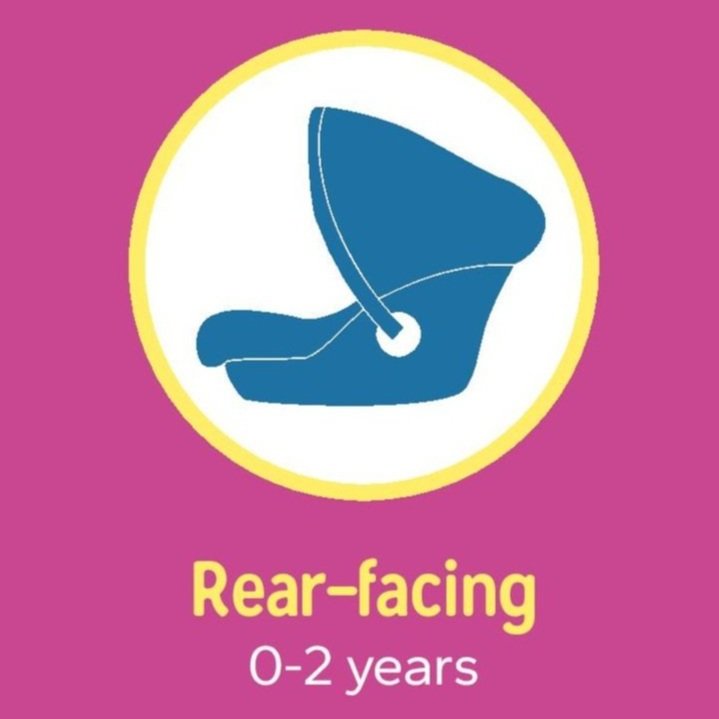Child Passenger Safety Law
Updated: 04/17/2025
Infant to two years: A child must be in a rear-facing car seat until they reach the maximum weight or height allowed by the car seat’s manufacturer, or the child is 2 years old. It is safest to keep children rear-facing as long as possible to protect their neck and spine in a crash.
Two to five years: The child can then move into a forward-facing car seat until they reach the maximum weight or height allowed by the car seat’s manufacturer or the child is 5 years old.
Five to eight years: The child can then move to a belt-positioning booster seat using a lap and shoulder belt until they are 4’ 9” or 8 years old.
All children under thirteen years: Children under the age of 13 must ride in the rear seat of a vehicle if the vehicle has one available.
Quick Tips:
Properly position the harness on the child.
Rear-facing—At or below the child’s shoulders.
Forward-facing—At or above the child’s shoulders.
Harness straps should lie flat, not twisted.
The harness should be snug, without slack. It is snug enough when extra material cannot be pinched at the shoulders and hips.
Make sure the chest clip is at armpit level.
Lock your seat belt (see owner’s manual) or use your vehicle’s LATCH system.
Apply pressure to the car seat and tighten the seat belt or lower anchor strap. The seat should not move side-to-side or front-to-back more than 1 inch at the belt path.
The top tether strap should be used with a forward-facing seat (see owner’s manual). Connect it to the tether anchor and tighten.







